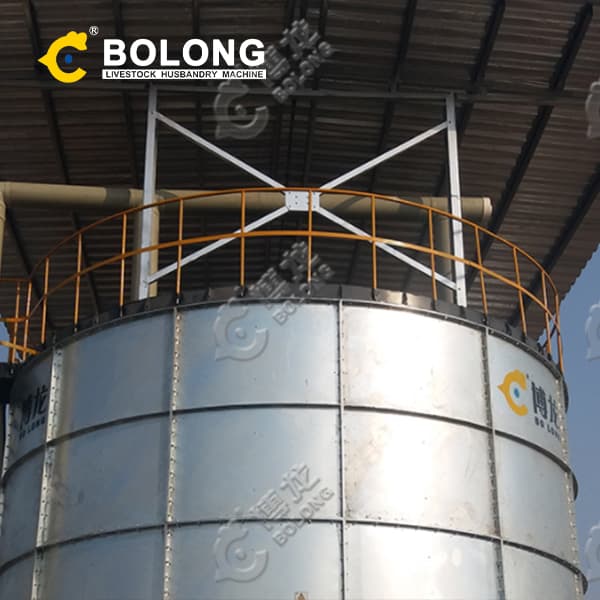
Sep 20, 2022 · Corn is the fourth largest crop in the world, and its residues represent a potentially renewable feedstock for industrial lactic acid production through simultaneous saccharification and fermentation (SSF).
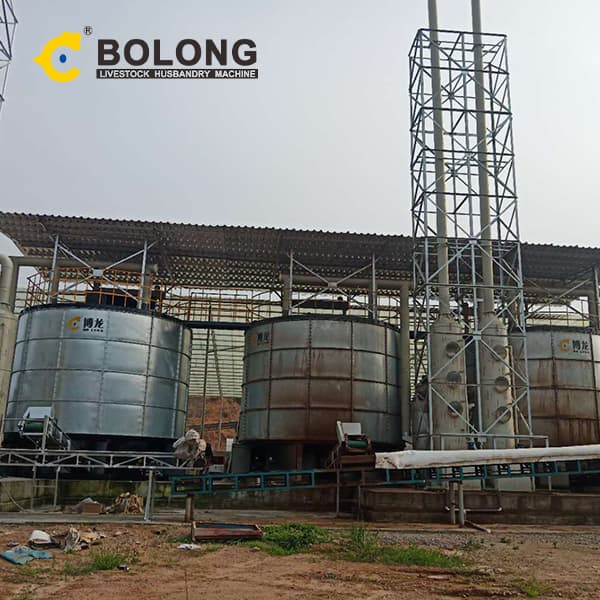
Jan 22, 2024 · The vessel also includes a valve at the bottom, usually referred to as a racking valve, which allows for the easy transfer of beer without disturbing the sediment. Let's take a closer look at the benefits of using conical fermenters. One of the main advantages is the ability to perform primary and secondary fermentation in the same vessel.
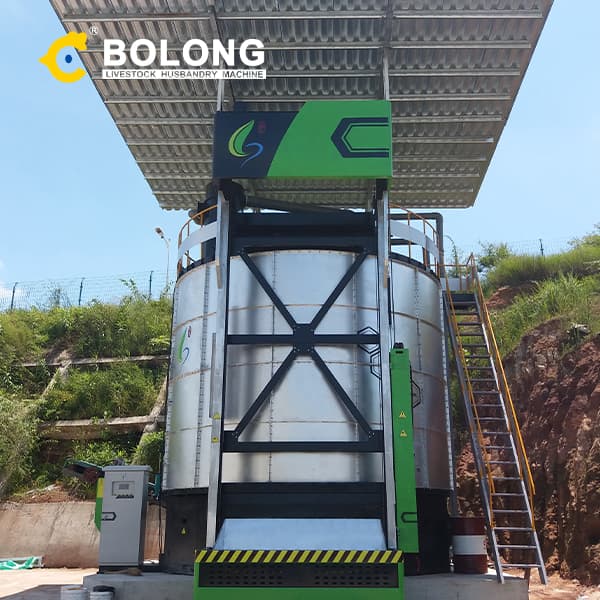
Jan 5, 2024 · Feeding low-quality (i.e., poor digestibility) rice residues is associated with high rates of enteric fermentation (Sirohi and Michaelowa, 2007), a GHG source that accounts for 91% of total methane emissions from livestock in India (Chhabra et al., 2013).
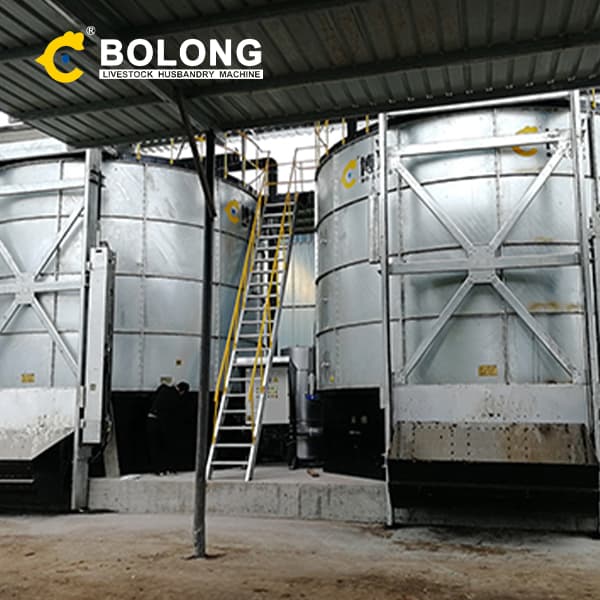
Nov 20, 2023 · Fermentation defined. Fermentation is a natural process that has been used for centuries to transform raw ingredients into a wide array of products. In the context of brewing beer, fermentation is the conversion of sugars into alcohol and carbon dioxide by yeast. This magical transformation is what gives beer its unique flavors, aromas, and
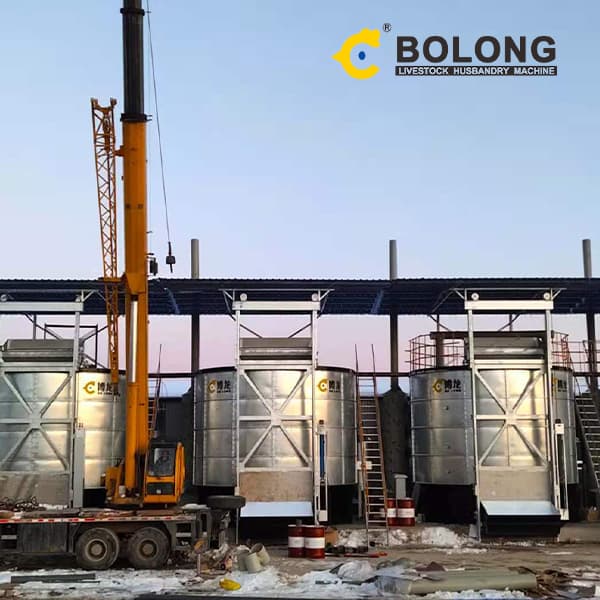
Feb 9, 2024 · By employing microbial fermentation techniques, bio-based chemicals and molecules can be produced from crop residues (Pramanik et al., 2021). These chemicals can serve as precursors for a broad range of industrial products ( Ewing et al., 2022 ; Verardi et al., 2023 ).
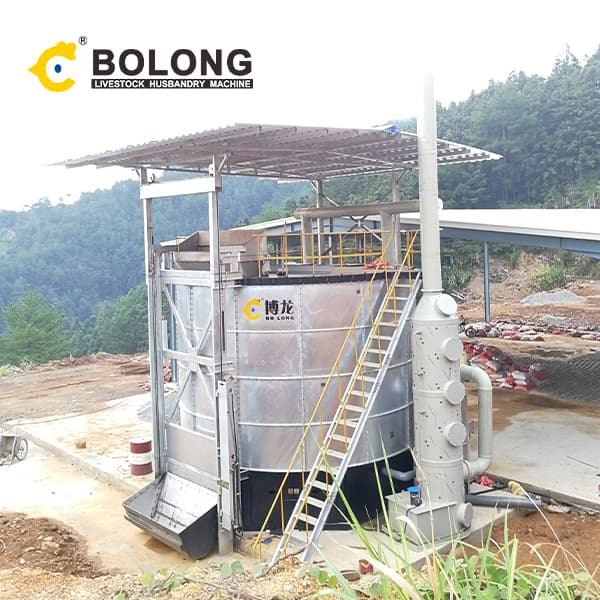
Feb 1, 2023 · This study estimated the potential BHP from the dark fermentation of typical crop residues and its contribution to China's energy consumption and carbon emission reduction. In 2019, the available crop residue yield (including rice straw, wheat straw, maize straw, yam straw, and bean straw) was 9.2 × 10 8 t/a, and 4.7 × 10 8 t
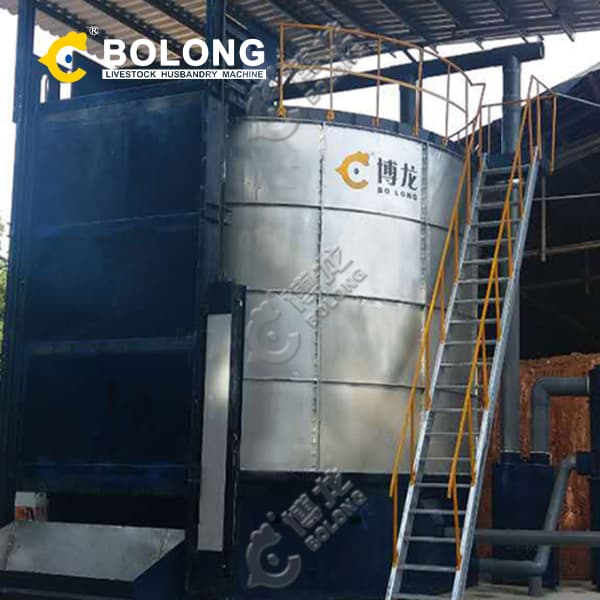
Jan 1, 2024 · The large fermenter has an elongated channel shape to optimize the substrate flow, and the large fermenters are generally driven by rotating blades that rotate slowly or rotors. The gas can be collected in the fermenter with a flexible cover. When the fermenter is filled to the top or a specific level, the gas can be stored in another gas tank.
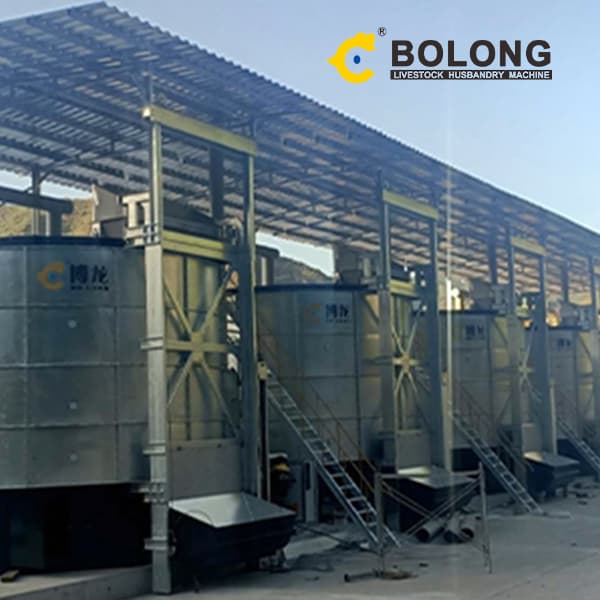
Aug 2, 2023 · Fermentation vessels are containers used to house and facilitate the fermentation process of various beverages. During fermentation, yeast or bacteria consume sugars, converting them into alcohol or acids, depending on the beverage type. The right vessel can influence the fermentation process, affecting the final taste and quality of the
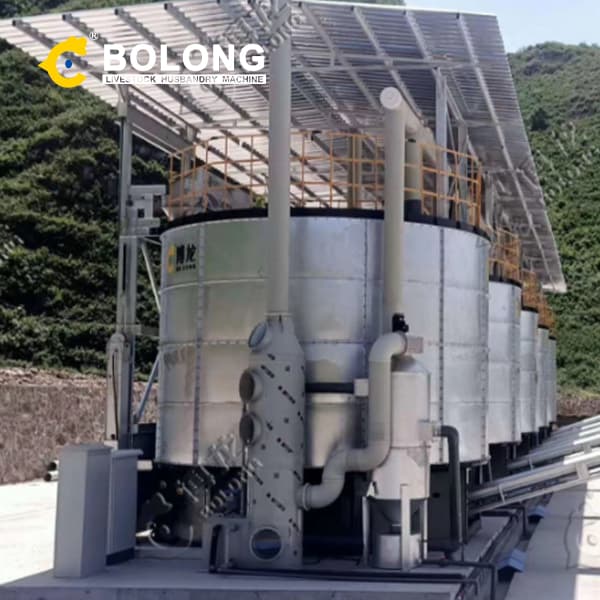
Apr 27, 2024 · Rice is the major cereal crop of the world which is tremendously cultivated in Asia. After harvesting rice, a large portion of wet rice crop residue (RCR) gets left behind in rice fields. Harvesting of rice happens same time as when the planting of wheat crop is at its peak. Hence, farmers burn the wet RCR in the field itself to make fields ready for wheat crops. Only a small part of RCR makes
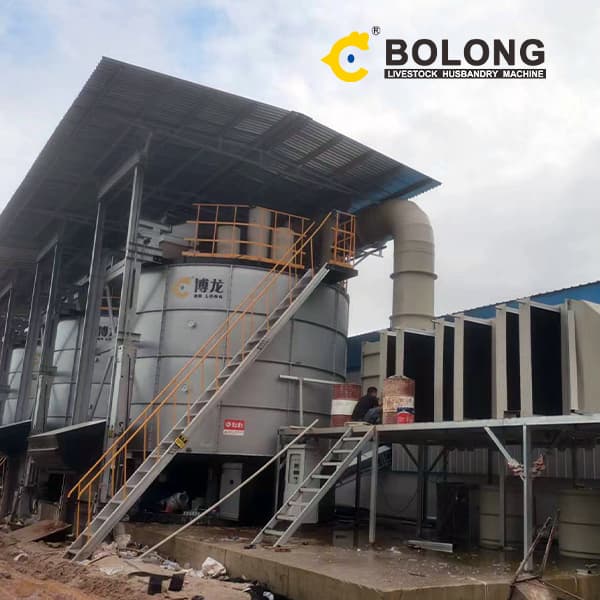
Conical fermenters are specialized containers used in the brewing process to ferment and condition beer or other fermented beverages. Unlike traditional fermenters, conical fermenters have a unique cone-shaped bottom. This design allows the sediment, or trub, to settle at the bottom of the vessel, making it easier to remove later.

Sep 1, 2012 · Anaerobic fermentation may significantly enhance the nutrients contents of crop residues (including corn stalks) and decrease fiber content and pH values, leading to increase in cattle digestion rates [35], [36]. In addition, increased palatability and the unique smell of fermented forages might stimulate a cattle's appetite, leading to a
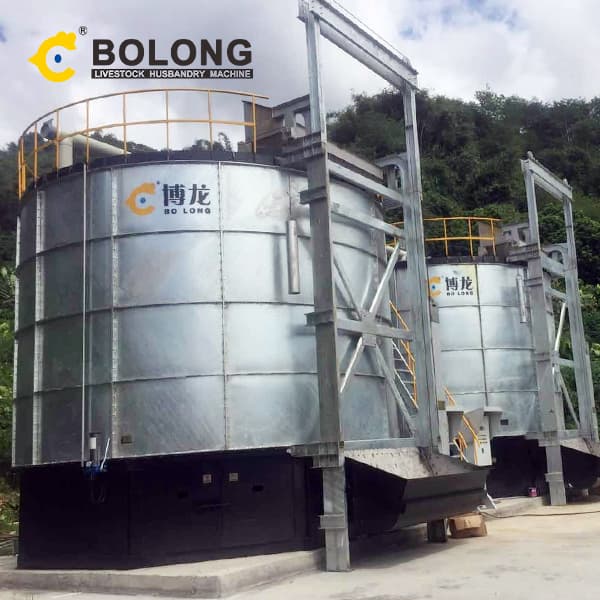
Feb 7, 2020 · Globally, the production of crop residues is increasing as Cherubin et al. (2018) estimated the crop residues production for the USA, Asia, Africa, Europe and World for the year 2003 and 2013 and reported that about 3803 Million Tons (MT) crop residues were produced from different crops viz. cereals, legumes, oilseeds, sugar and tuber crops in the world during year 2003, which was reached to
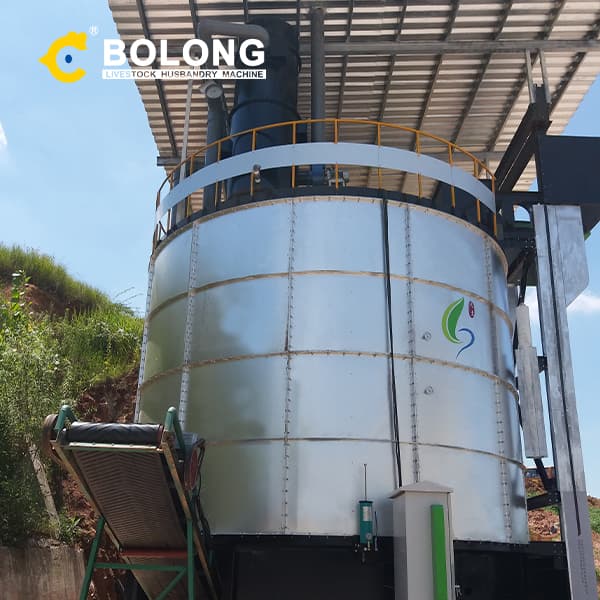
Aug 10, 2022 · Findings from this pilot study provide a proof of principle that quality novel feeds for cattle can be generated by co-ensiling food discards and low-value crop residues.
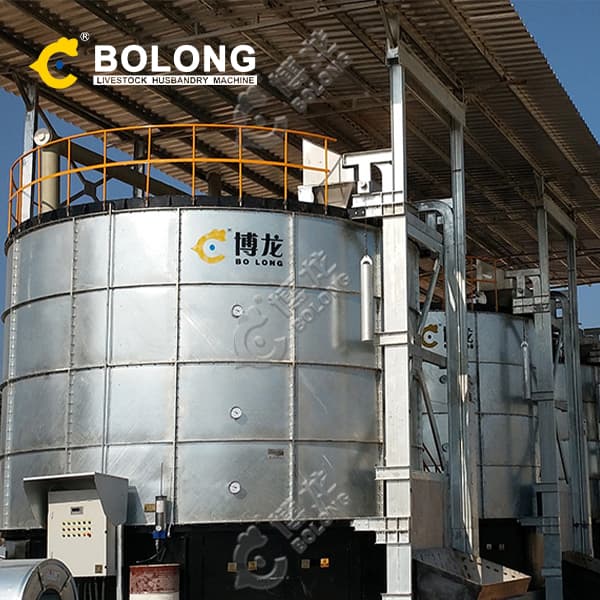
Dec 12, 2023 · Composting requires a certain balance of carbon-rich materials (“browns”), such as dry leaves and untreated wood chips, to nitrogen-rich materials (“greens”), such as food scraps. The ideal ratio is roughly three parts browns to one part greens by volume. (This translates to roughly 30:1 in terms of elemental carbon to nitrogen or C:N.)
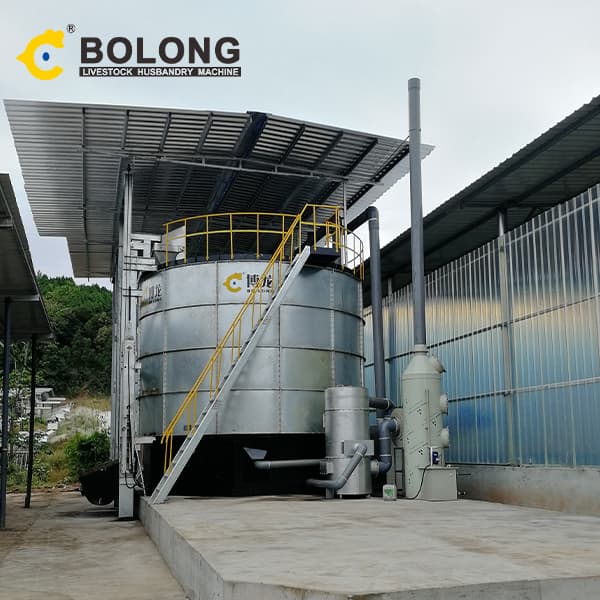
Apr 1, 2017 · Photofermentative hydrogen production from crop residues, if feasible, can lead to complete conversion of organic substances to hydrogen (and carbon dioxide). This mini review lists the studies on photofermentative hydrogen production using crop residues as feedstock.